Are you ready to break up with your grass lawn but not sure how to do it? You’ve got lots of alternatives – many of which require you to adjust your aesthetic for carpet-like greenness. But for the parts of your yard that are on the shadier side, you can welcome the lush, eco-friendly embrace of moss.
In the vast suburbs and neighborhoods of America, grass lawns reign supreme, covering a staggering 28 million acres and are “features” for 80% of U.S. homes. But is this traditional green carpet really the best choice for our homes and our planet? (Spoiler alert – The answer is a hard NO)
Even in areas where a lawn will thrive naturally (i.e., without irrigation or fertilizing), there are still hidden costs to lawns. An average household spends over 150 hours annually on lawn maintenance, and nationwide, a whopping $40 billion is spent maintaining turf.
The environmental cost is no less significant. The EPA estimates that lawnmowers and other gas-powered off-road equipment (like leaf blowers) contribute to 5% of the nation’s air pollution (242 million tons of pollutants annually), just as much as cars and trucks and our homes in emissions.
It’s a hefty price for a patch of green.
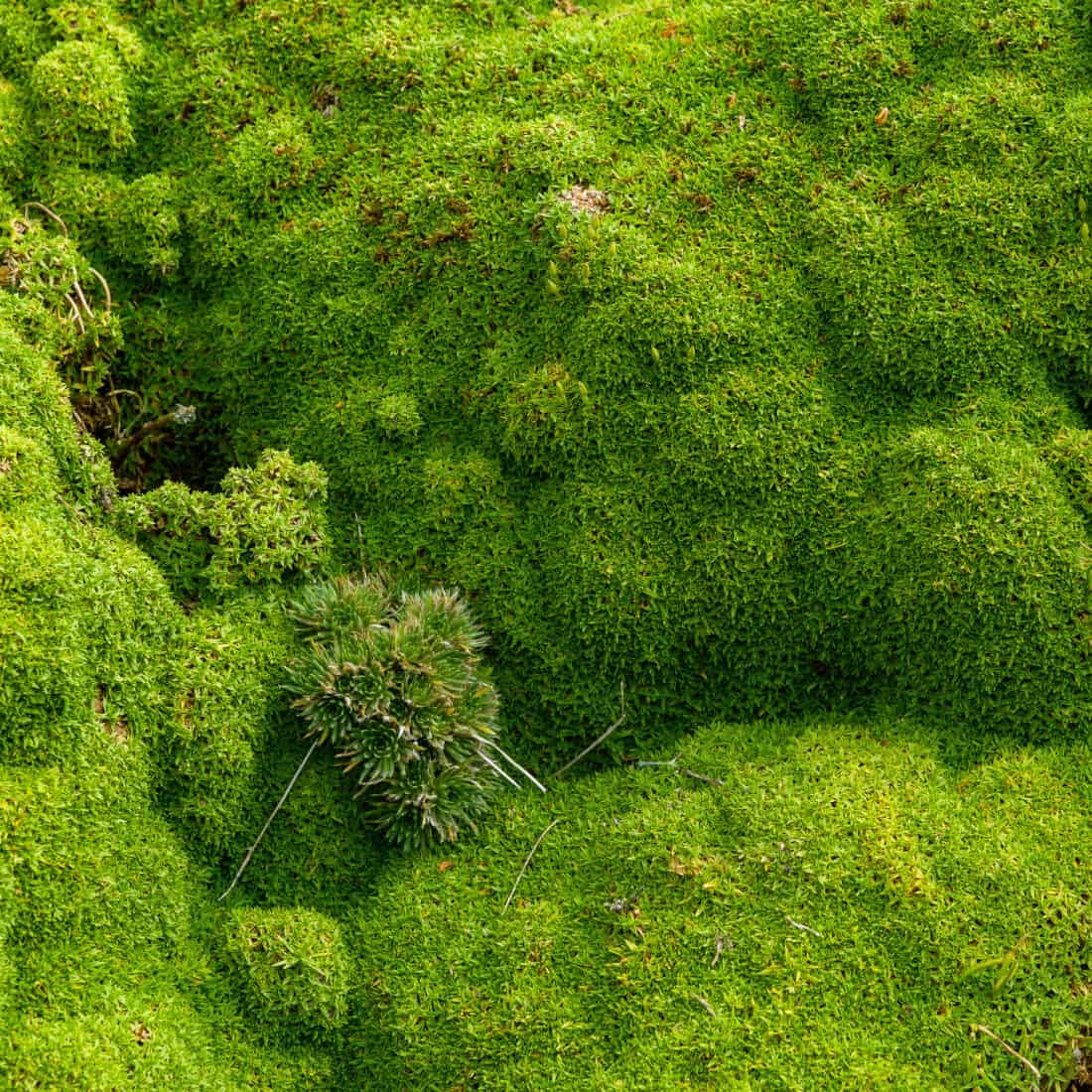
Grass is not just a time and money sink; it’s a water guzzler as well. With grass lawns needing 1-2 inches of water each week, they consume between 30-60% of urban fresh water.
But the impact on our environment extends beyond water usage, too. The widespread application of fertilizers and pesticides on lawns contributes significantly to groundwater contamination, posing a threat to our ecosystems and health.
What are the lawn alternatives?
We need less turf grass – but what do we replace it with?
Option 1 – You can certainly let more areas be wild. Or pseudo-wild or wyld or whatever we are going to call the coming wave of increasingly undone gardens and landscapes.
Option 2 – You can invest in garden and planting design and replace all that grass with naturalistic gardens. Make plant choices that will create a more cultivated look but will be based on a variety of plants that work well together and with your ecosystem.
Option 3 – Or you can (if the conditions are right) consider a moss lawn. Moss lawns are great problem solver solutions for areas where grass doesn’t grow anyway. (read on to see why they are so much better)
Option 4 – You can think about other ground covers that don’t need so much intensive care as a lawn. (this groundcover post will get you started, and this money-saving groundcover post should help, too).
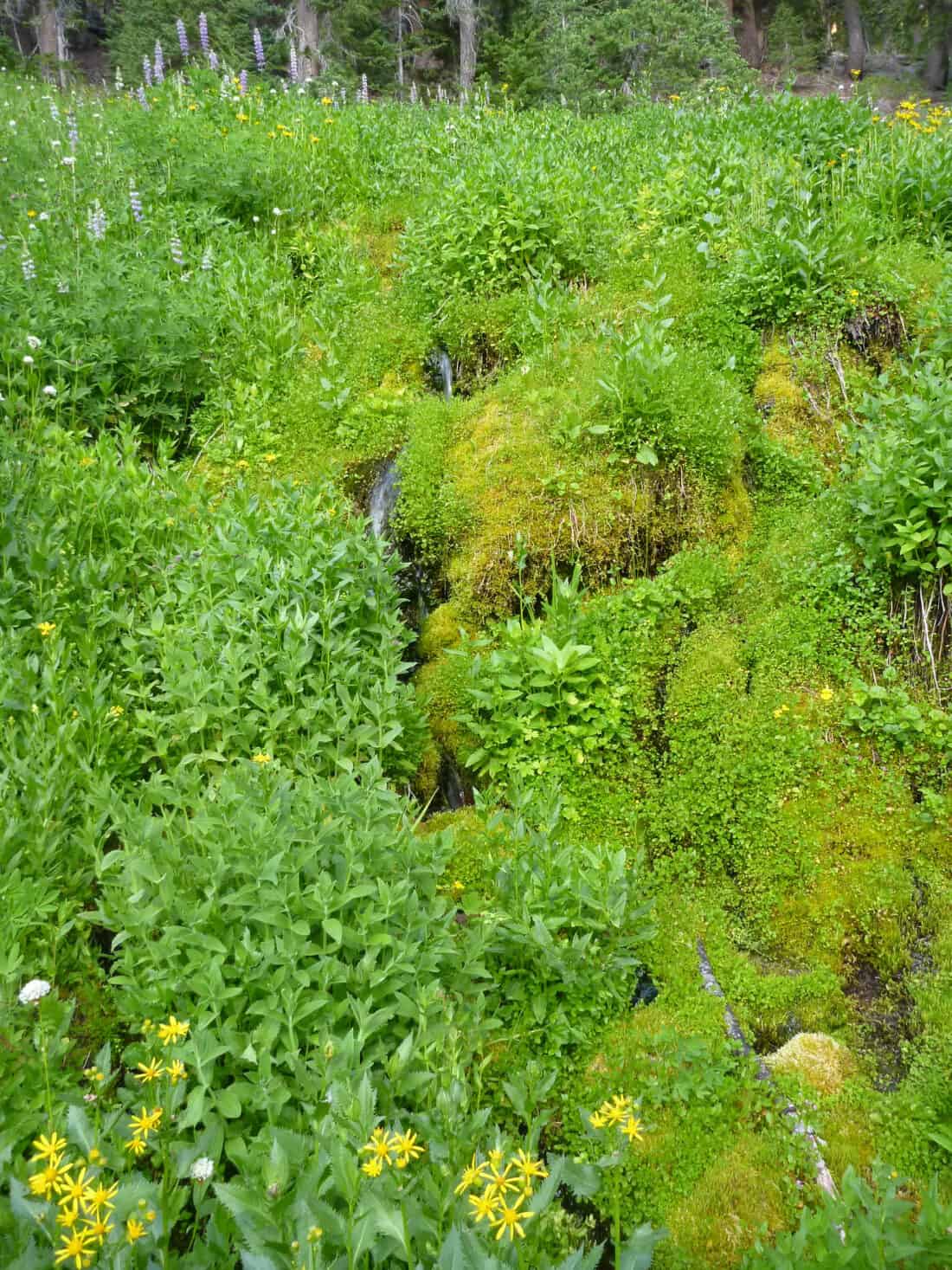
What should NOT be an option for replacing a lawn?
Don’t just fill space with mulch – that is a losing battle that is arguably the worst option of all. Mulch has many great uses and is the right tool for many jobs, but it isn’t a garden feature nor even a semi-permanent placeholder. You should never clear away wild plants (aka weeds) just to cover an area in mulch. If you aren’t going to plant what you want in that cleared and mulched area right away – don’t bother doing anything until you are ready. You are signing yourself up for more weeds and a perpetuity of expensive mulch maintenance.
If you can’t stand the weeds, just mow them for a while. They will look tidy, the cutting will stop them from reseeding themselves, and the perennial weeds will eventually be weakened to death with continual loss of their top growth. Over time, the mowed cuttings (do not bag the cuttings – leave them to compost in place) will make a better topsoil.
All this can happen while you are figuring out what you really want to do with that area. (And in the meantime, you didn’t kill the budget or your enthusiasm with a bunch of expense and labor.)
The best way to keep weeds away is to plant more plants.
Choose plants that will thrive better than the weeds. Garden plants don’t have to be a chore. Enlist professionals to help with your planting design (or I can help you DIY it with my Planting Design Boot Camp), and then let nature take care of itself. You’ll have more time to enjoy your garden than if you were constantly mowing.
So, let’s get back to that moss option… (Option #3)
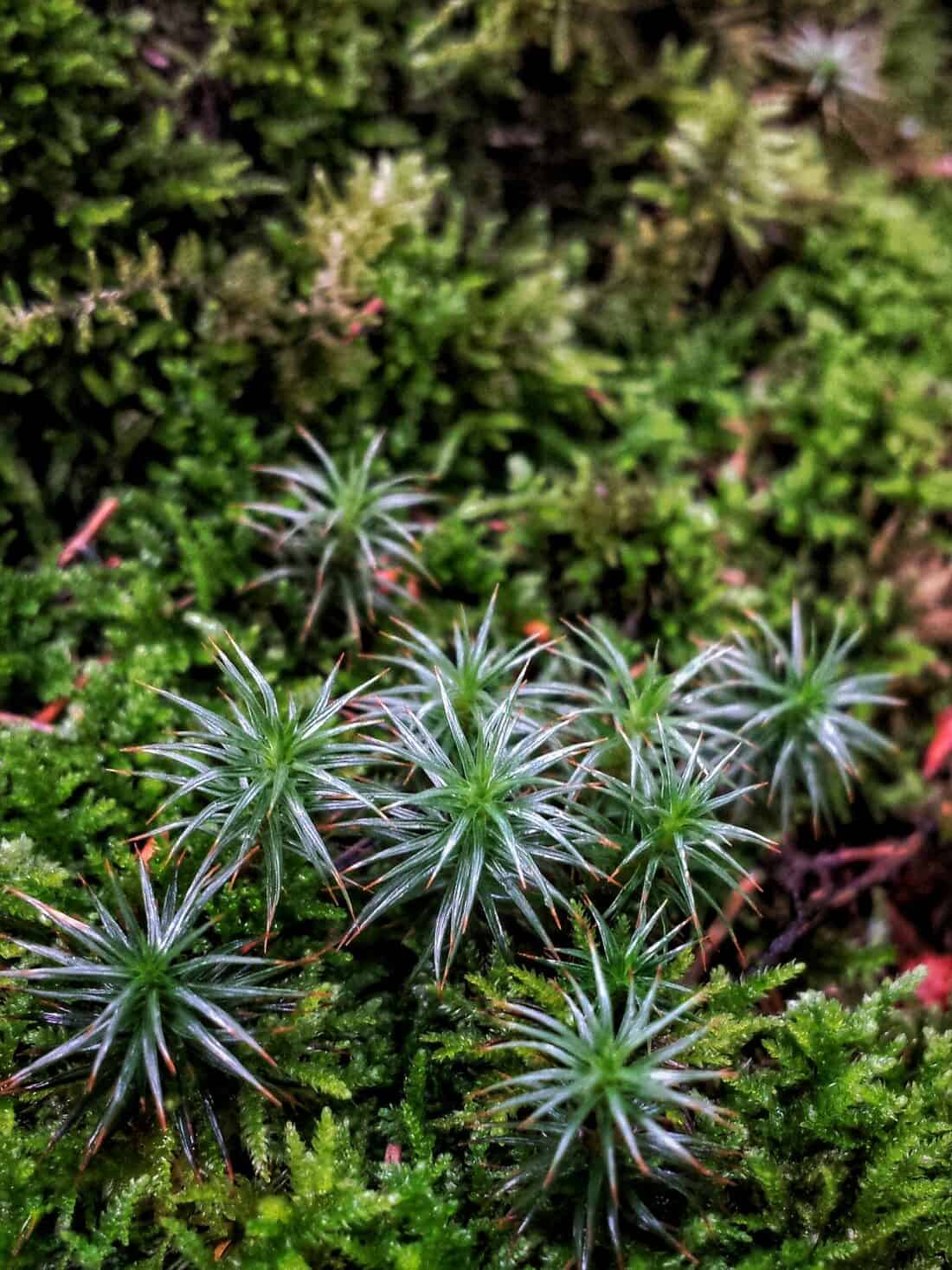
The Basics of Growing Mosses – Bryophytes
There are many species of moss.
Just like you might explore the best seed for a turfgrass lawn where you live, you will also need to find the best moss ground cover for your particular low-maintenance moss lawn.
One of the best ways to do this is to transplant moss from other areas of your property. What grows on its own is the best indicator of what will grow with your help and encouragement.
Moss tends to thrive in areas where lawn does not. A traditional lawn generally wants full sun, whereas a moss lawn will prefer shady spots. Heavy shade is not a problem for moss, but it can make it impossible to achieve good turf growth.
Most homeowners are afraid to plant too many trees because they don’t want too much shade. Shade gardens tend to be the unflashy step-sisters of a full sun garden where lots of flowers can flourish. But we (as a planet) need to plant more trees. Moss gardeners can have lots of trees and still have a green carpet.
Moss also prefers moist soils and tends to naturally take hold in areas where there is poor drainage or excess moisture. Rocky soil and extreme soil compaction are no problem for moss growth. Whereas poor soil and a compacted base can completely inhibit lawn grasses.
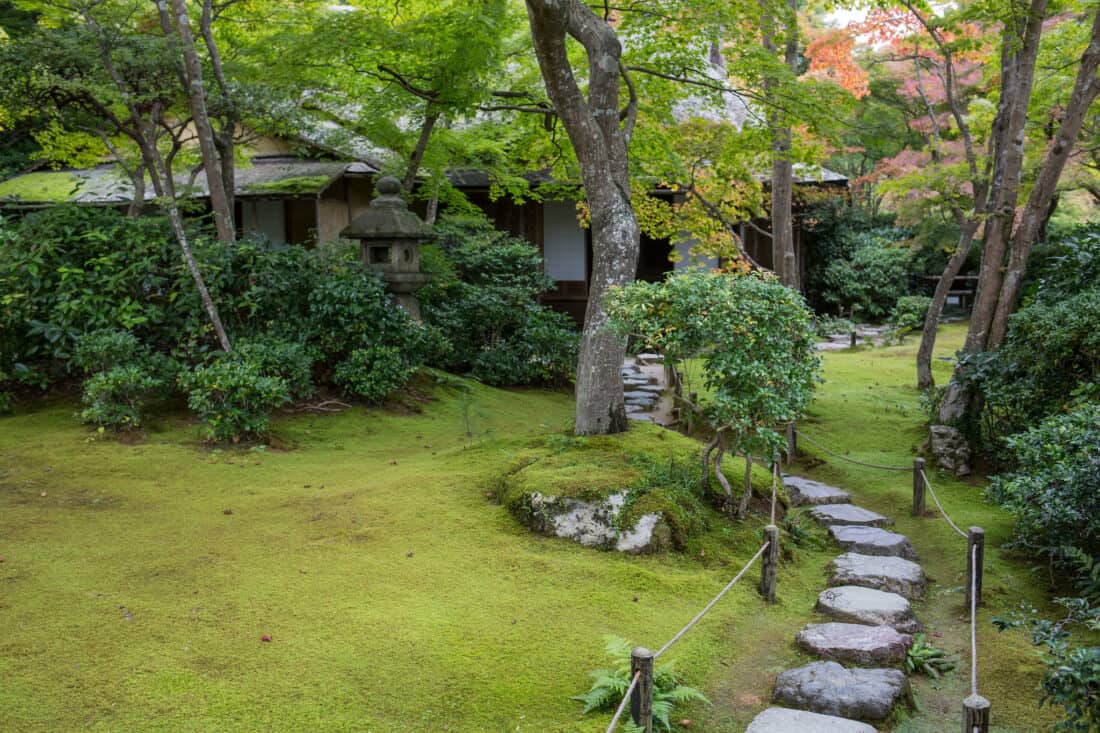
Vascular plants (Grass) vs. Non-Vascular Plants (Moss)
Grass is a vascular plant – mosses are considered non-vascular primitive plants.
Vascular plants have a well-developed internal transport system, consisting of xylem and phloem. The Xylem transports water and minerals from the roots upwards. T
he Phloem Distributes sugars and other nutrients throughout the plant. They possess roots, which anchor them into the soil and absorb water and nutrients, and they have leaves and stems, which play a role in photosynthesis and support. All of this enables them to grow larger and taller due to their robust internal support and transport system.
Non-vascular plants like moss have a simple structure. They lack a complex internal transport system, and they do not have true roots, stems, or leaves. Instead, they absorb water and nutrients directly through their cell walls, mostly from their surrounding environment.
This causes them to be smaller and grow closer to the ground. They are limited in height due to the lack of internal water and nutrient transport systems. They are often found in moist environments as they require a damp habitat for nutrient absorption and reproduction. In several cases (as in many mosses), non-vascular plants can tolerate dehydration and maintain without further damaging the tissues.
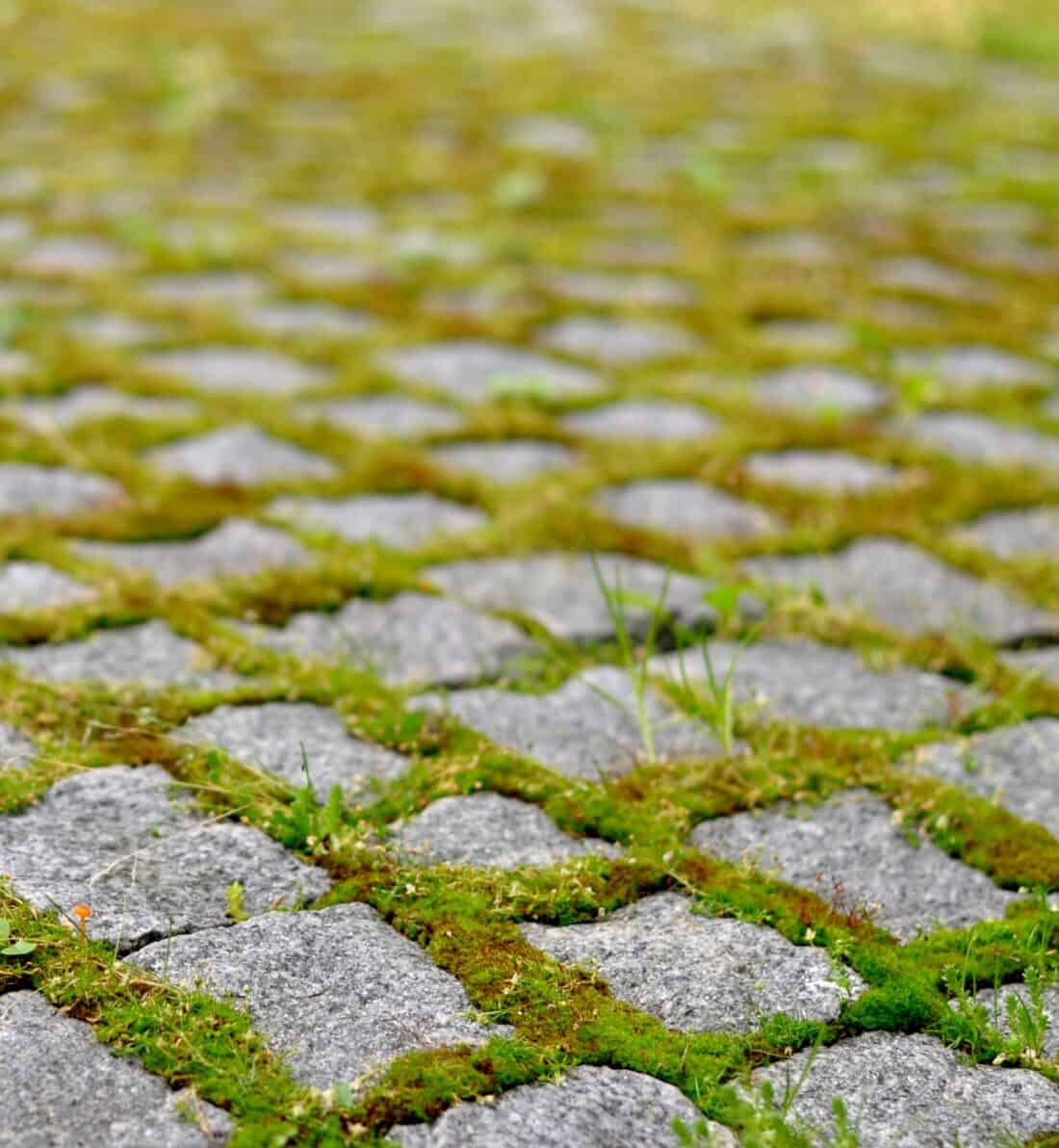
Rethinking the American Lawn: Embracing a Moss Lawn over Grass
Moss gardening, as a green and sustainable practice, offers an array of benefits that significantly contribute to a healthier and more sustainable environment. By choosing moss gardening, you’re not just adding a touch of green to your space; you’re donning the hat of a responsible steward of the environment. Every small step towards moss gardening contributes significantly to a healthier, more sustainable world. Remember, in moss gardening, less is more!
1. Moss Gardening is Chemical-Free
Mosses have no need for fertilizers, pesticides, or herbicides. They thrive naturally, reducing groundwater contamination and preventing hazardous runoff into our water resources.
2. Air Pollution Reduction
Abandoning lawn mowing reduces air pollution. Gasoline-powered lawnmowers and other yard maintenance equipment, which lack emissions controls, contribute to air pollution. Mosses require no lawn mower, offering an environmentally friendly, low carbon footprint alternative. It also reduces the general chore of yard work and is a low-maintenance alternative.
3. Water Conservation Benefits of a Moss Lawn
It might seem counterintuitive, but moss is ideal for regions with low rainfall. They require much less water compared to traditional lawns, aligning with the watering restrictions common in arid regions.
Mosses thrive with efficient, light, brief watering sessions rather than long soaks. Misting irrigation systems, utilizing minimal water, are usually sufficient for their growth. A typical moss garden can be maintained with between 1 and 5 minutes of misting 2-3 times a day.
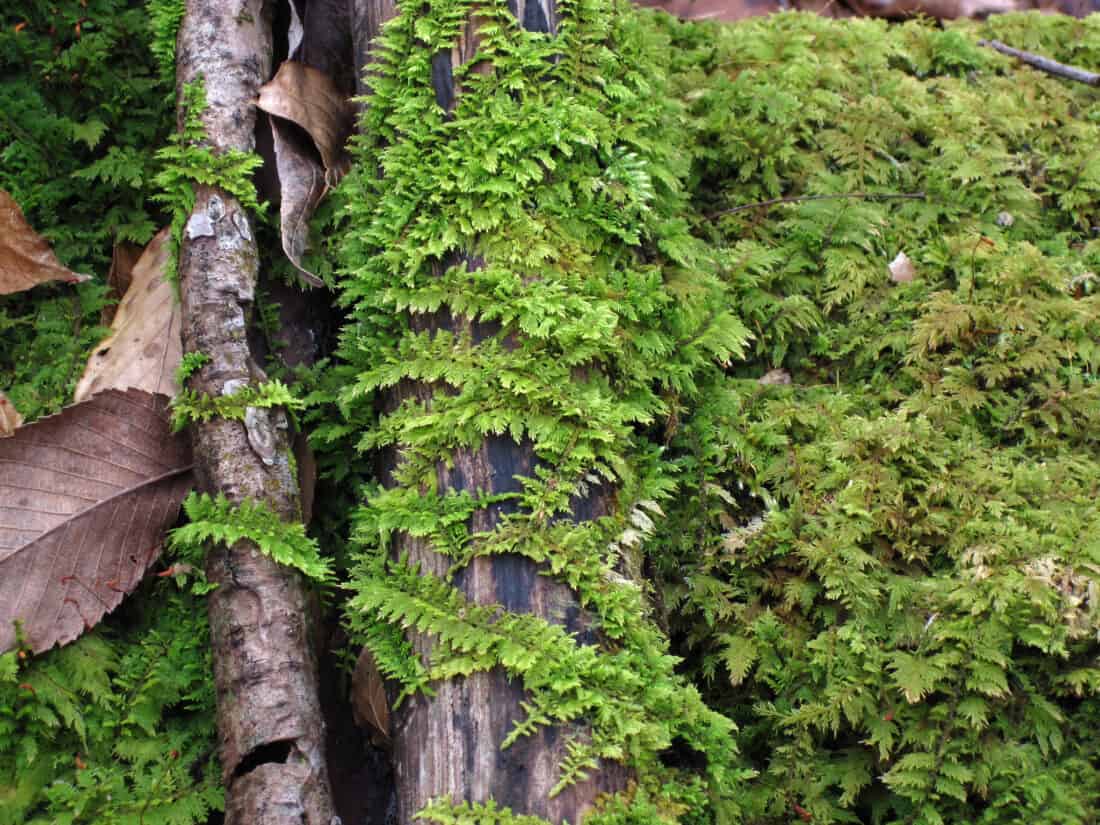
4. Mosses are Soil Guardians
Many moss species prevent soil erosion. Species like Polytrichum, Atrichum, Bryoandsersonia, and Thiudium (held down with twigs and landscape staples until they root properly) can be planted on steep, nutrient-poor slopes and even on rocks to effectively hold soil in place.
5. Natural Filtration through a Moss Lawn
Some mosses are exceptional at filtering water. Sphagnum mosses (there are roughly 380 species of sphagnum moss) can store as much as 26 times their dry weight in water, and they excel in filtering and absorbing agents in wastewater treatment.
6. Phytoremediation with Bryophytes
Mosses can absorb harmful and toxic elements like silver, copper, cadmium, and lead, making them useful in urban and polluted areas. They are increasingly used to help restore and reclaim land polluted by heavy metal toxins from mining and other industrial activities.
7. Absorption and Flood control
Moss helps slow water flow and runoff and increase water absorption. Not only does it help keep the topsoil from being washed away, but the absorptive qualities can help storm systems from becoming overwhelmed and reduce the incidence of flash flooding during excessive rainfall.
Mosses are tolerant of unfiltered urban contaminants and are resilient to salts from de-icing and petroleum by-products from vehicles.
8. Moss is one of Nature’s Indicators
Mosses act as bioindicators and can be used to detect environmental changes. Scientists are using them to signal air pollution, acid rain, and water pollution and help better understand wastewater treatment.
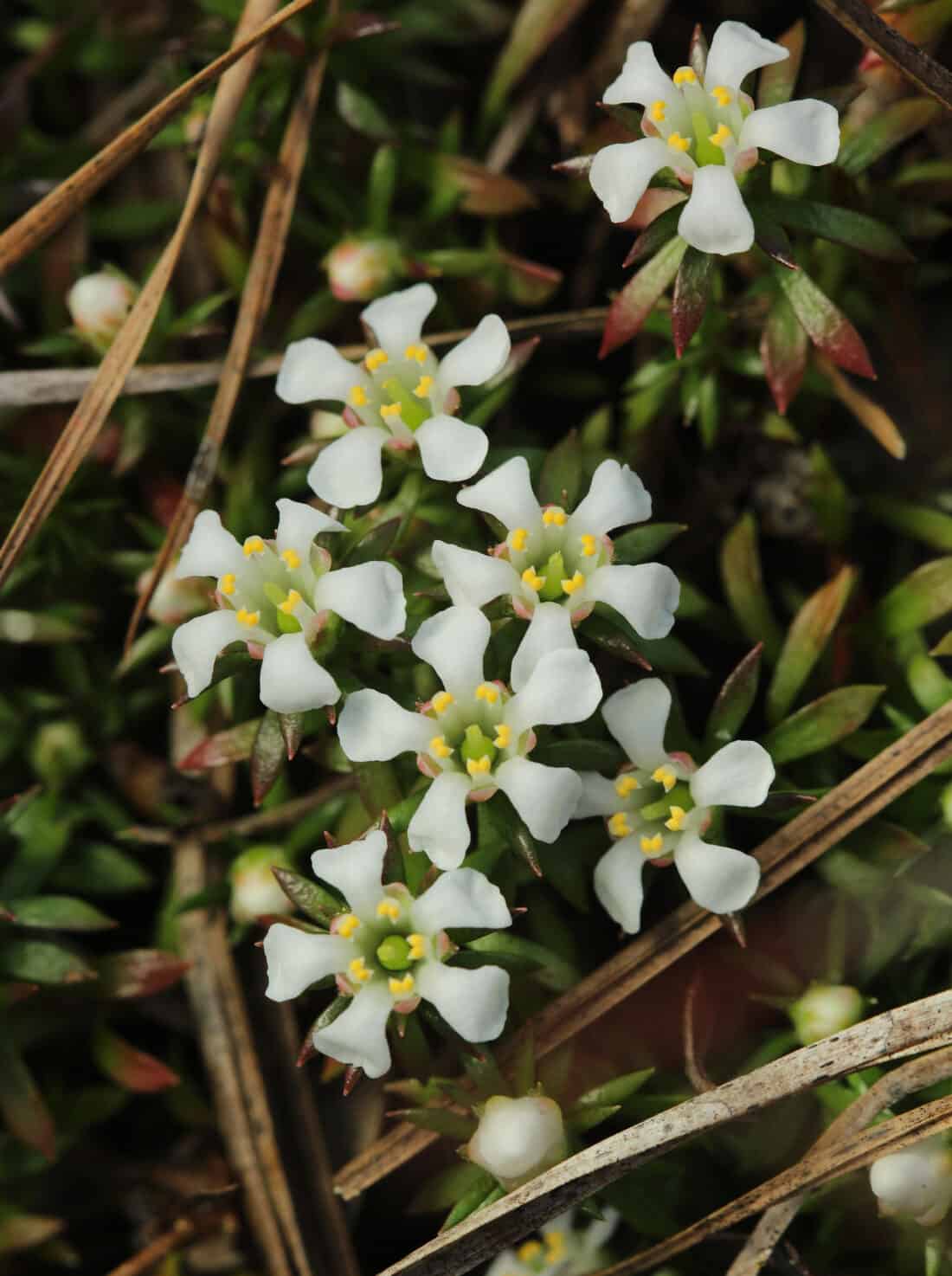
9. No Soil Supplements Needed
Mosses thrive on the bare minimum. Unlike other plants, mosses don’t require soil supplements. In fact, too much of anything, even organic fertilizers, can hinder their growth.
10. Moss Lawns are a Natural Habitat for Beneficial Fauna
Mosses are a safe haven for many insects and amphibians. For birds, bees, butterflies, and other insects, mosses are observed to be a place to rest or take in water.
Moss colonies provide a habitat for reptiles, salamanders, and frogs as well.
Due to internal compounds, mosses are unpalatable to most common garden pests (including deer)
11. Moss Has Natural Disease Resistance
Mosses possess biochemical compounds acting like antibiotics, making them resistant to a wide array of diseases that affect other plants. Fungal diseases or harmful pathogens in mosses are also rare.
12. Better Green Roofs with Bryophytes
Mosses are great for green roofs, providing insulation, air filtration, and reducing stormwater runoff. They have shown promising results on rooftops, even in direct sunlight, when paired with rainwater harvesting and misting systems.
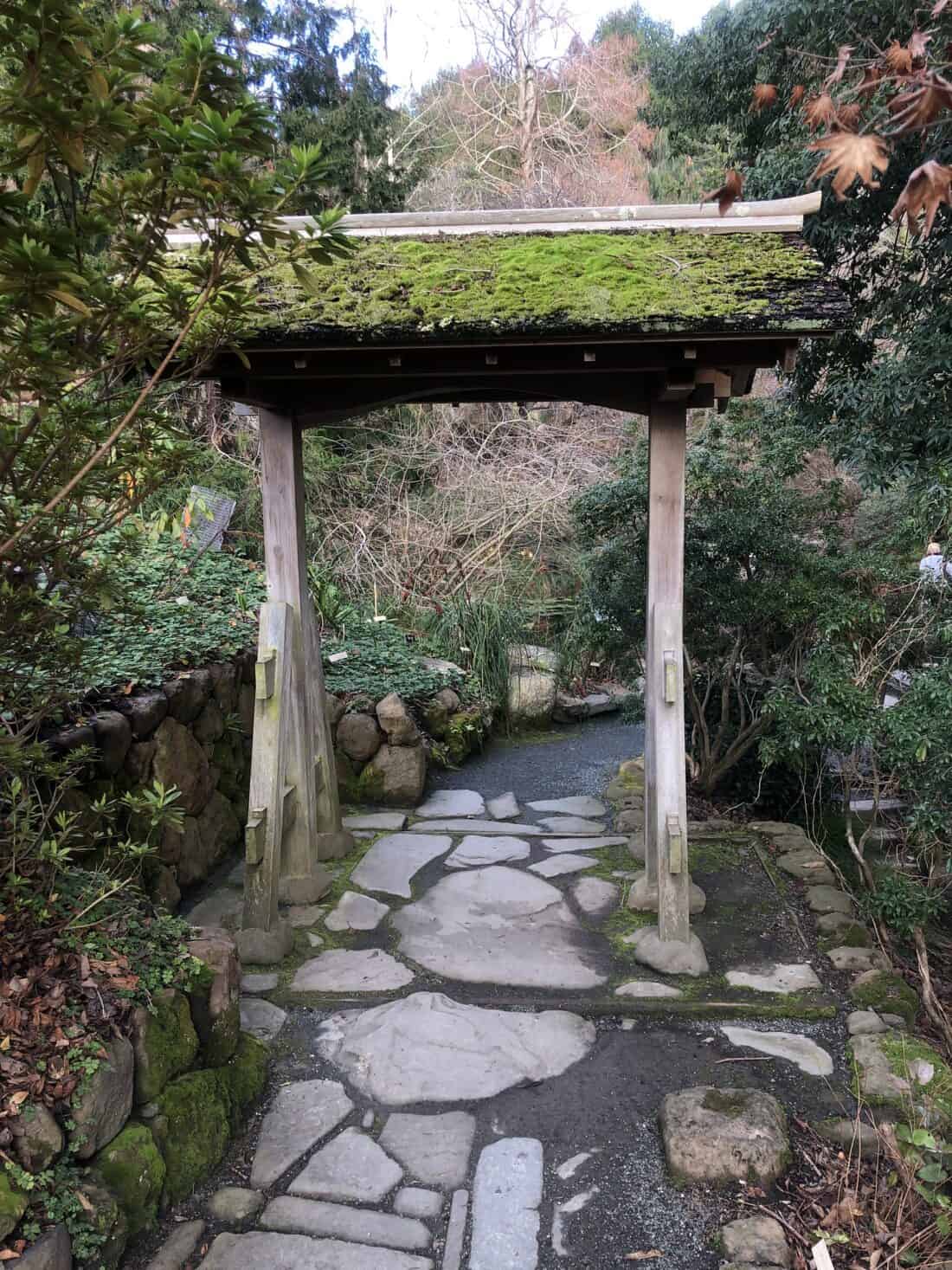
13. Surviving in Harsh Conditions
Resilient through extreme weather, many mosses can withstand challenging weather and temperature conditions, maintaining their beauty even after being encased in ice.
Moss can also take light foot traffic. In fact, it is sometimes helpful to walk on moss in order to help it establish in the area where you wish it to grow.
14. Resilience in Chemically Challenging Environments
Mosses can grow in environments with extreme sanitation practices like chlorination and bromine injections, showcasing their ability to thrive under challenging and unnatural circumstances.
15. Global Carbon Cycle Contributors
Mosses, especially Sphagnum peatlands, are crucial in absorbing carbon dioxide from the atmosphere. They exceed the carbon sequestration rate of all rainforests combined (even though they cover less than 3% of the earth’s land mass).
Peatlands, largely composed of Sphagnum mosses, sequester an estimated 198 and 502 billion tons of carbon. About 175 countries have peatlands that act as vital carbon sinks, stretching from Canada’s boreal forests to the Everglades’ fens and swamps in Florida.
In your yard, moss is a ground cover that survives where other ground cover plants cannot, and it helps to increase the carbon absorption of your landscape.
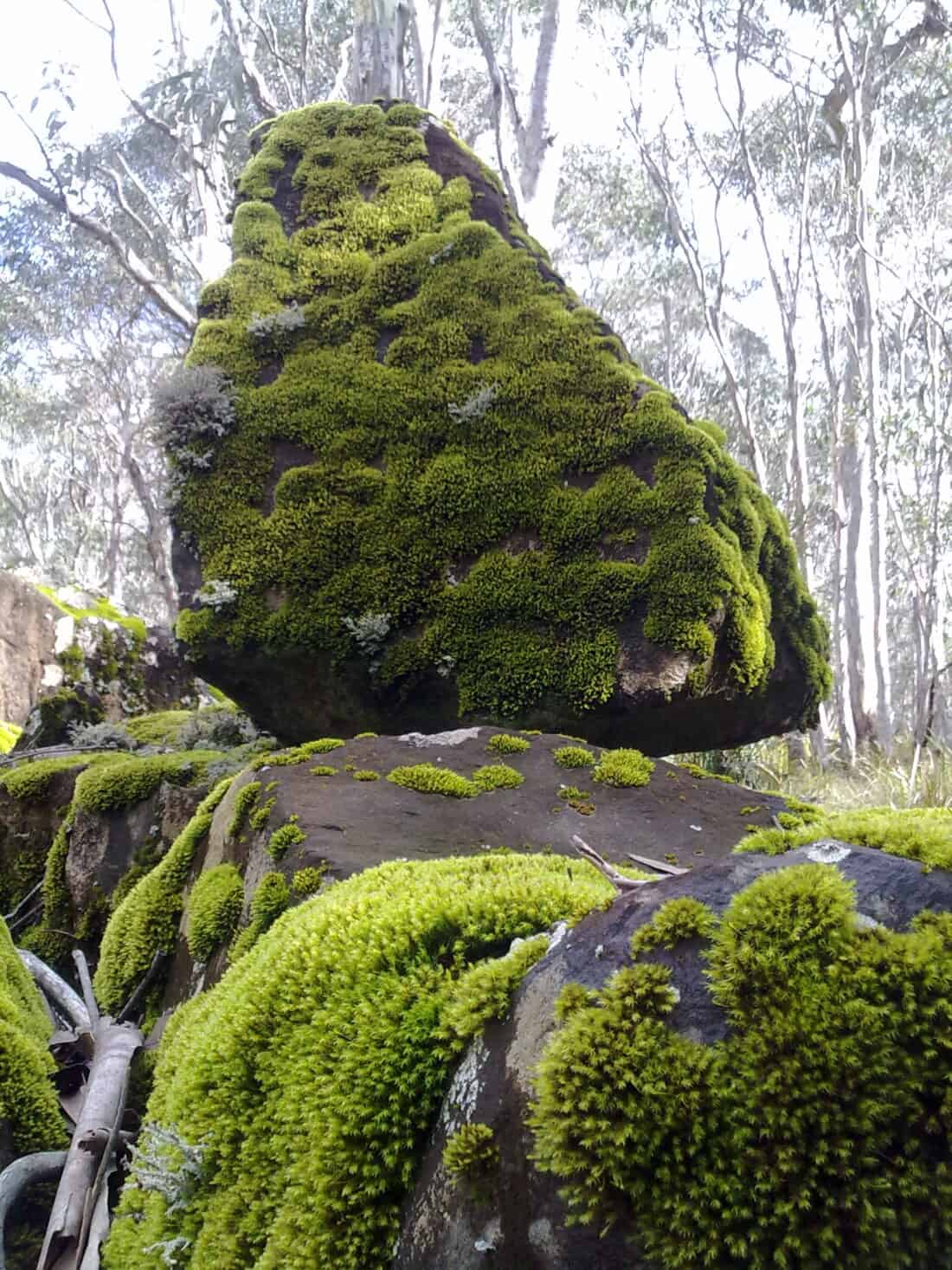
16. Mosses are Essential for Wetlands and Freshwater Resources
Wetland ecosystems hold a third of the world’s soil carbon and 10 percent of freshwater resources. Moss acts as the main filtration and regulator of these environments.
Unfortunately, these crucial moss habitats are being destroyed due to factors like global warming, irresponsible harvesting, agricultural expansion, and fire.
17. Mossy Medicinal Uses and Hygiene
Known for their absorbent properties, Sphagnum mosses have medicinal and hygienic uses, including sterile properties in DNA research.
Various moss genera have been (both historically and contemporaneously) used to treat ailments ranging from colds to cardiovascular diseases. Native American uses include easing childbirth pains and creating herbal remedies. Sphagnum mosses were used historically as diapers and feminine hygiene products.
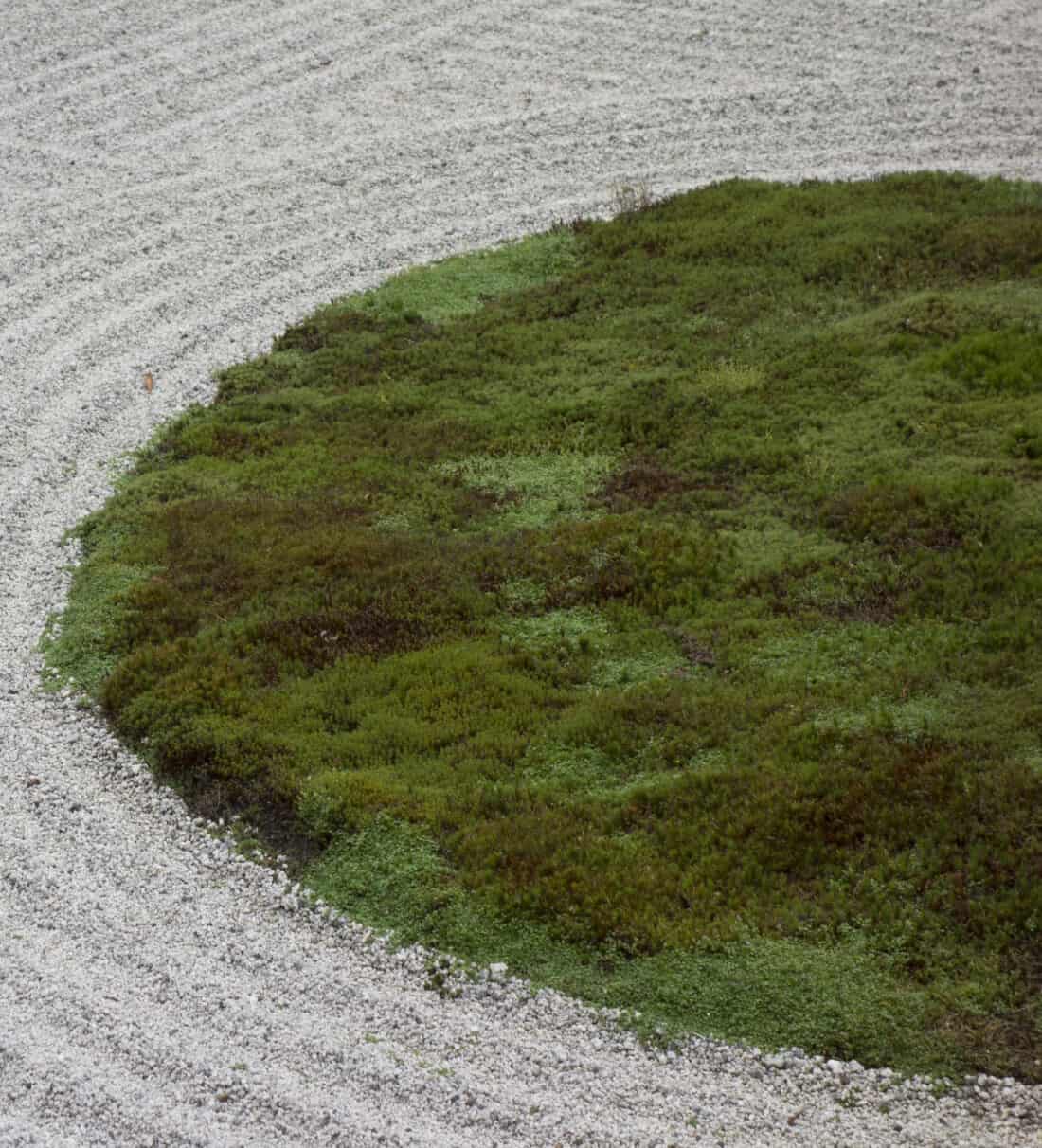
18. Spiritual Connection with Mosses
It is hard to beat the tranquility of a moss garden. Quiet, lush, and peaceful, they tend to offer the kind of spiritual enrichment and quality of life improvements that people need. If you are looking to create a garden that fosters a sense of peace and well-being – consider going mossy.
Mosses play a critical role in global environmental health, but they face significant threats from human activities. Their preservation and sustainable management are crucial for maintaining air quality, controlling climate change, and supporting biodiversity. By embracing moss gardening, you’re connecting with an ancient, versatile, and profoundly beneficial part of our natural world.
Stop seeing moss in the grass as a moss problem. Perhaps think differently, and instead of making herculean efforts to have a “healthy lawn,” consider taking the first step towards something more sustainable – embrace the moss.
19. Mosses Recover
The last reason is my favorite reason. Moss has a near-magical quality for being able to revive from the seemingly dead.
Yes, I know a dried-up lawn can revive as well – but grasses have deep roots that sustain the plants in the soil where they grow, and these roots will eventually be composted by the surrounding soil if the plant has been ‘dead’ too long.
Mosses do not have roots but can be revived with rehydration – even if they have been ‘dead’ for a very long time. In 2014, scientists were able to revive two types of moss, Chorisodontium aciplyllum and a liverwort, Cephaloziella, that were each at least 1,530 years old. They had been frozen in Antarctic permafrost for more than a millennium. I find it hopeful and inspiring that plants can survive and spring back to life when growing conditions return.
More Moss Inspiration:
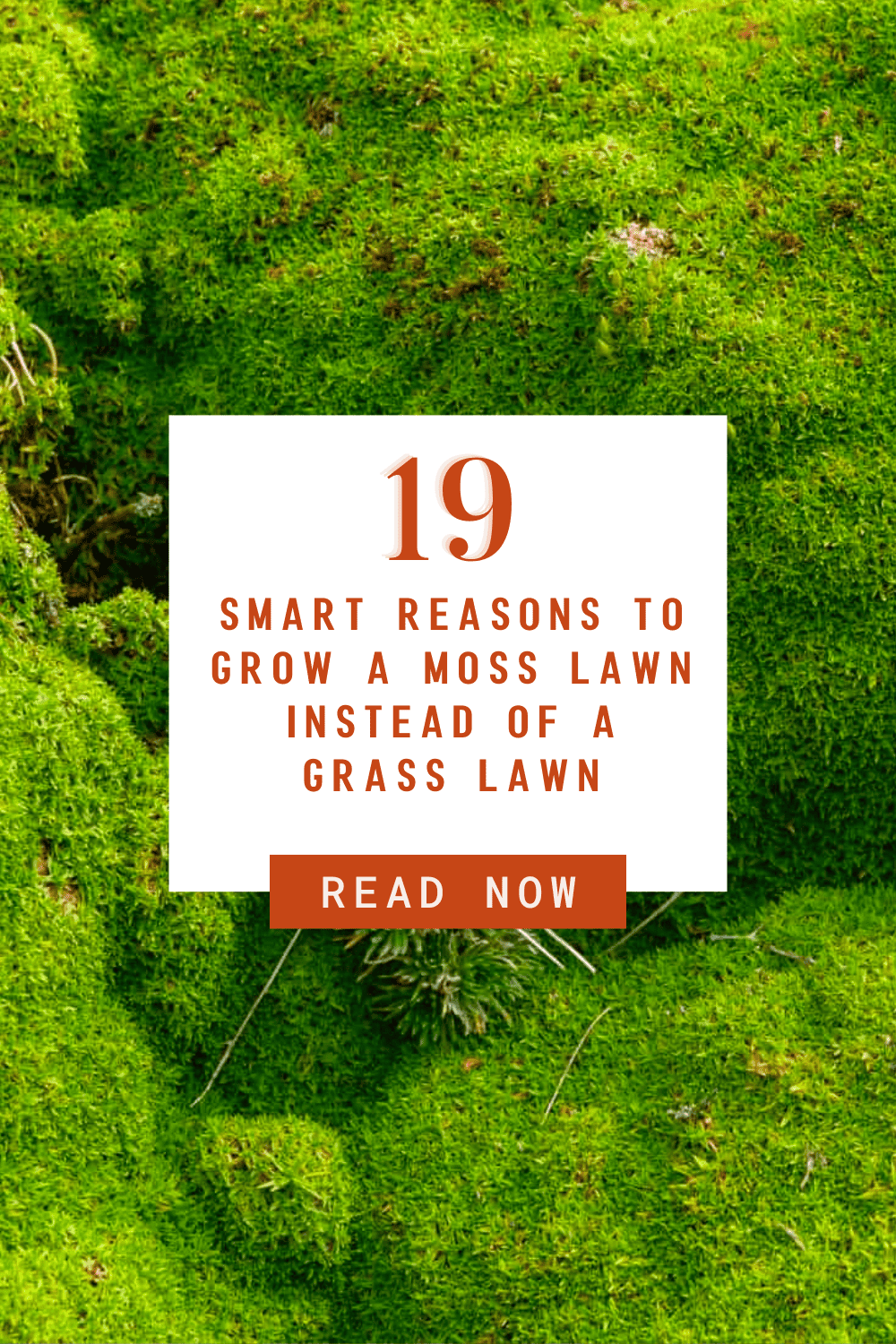
+comments+